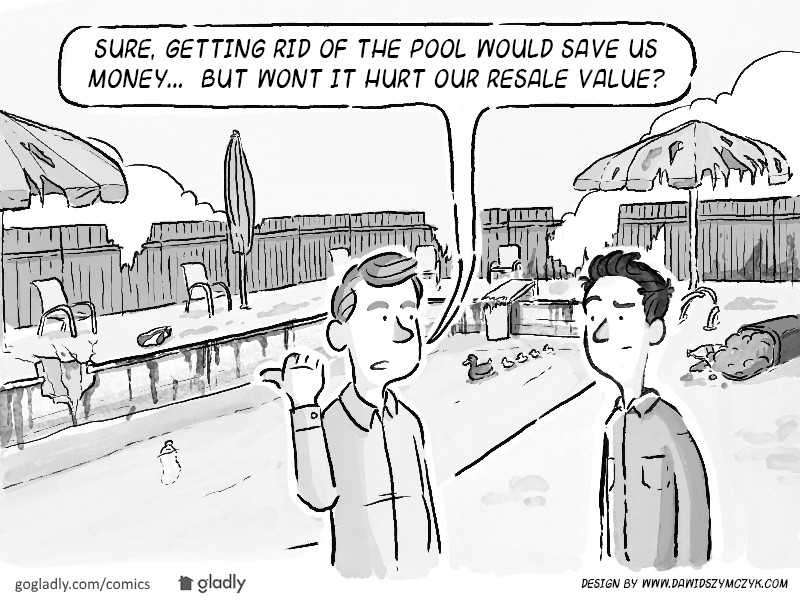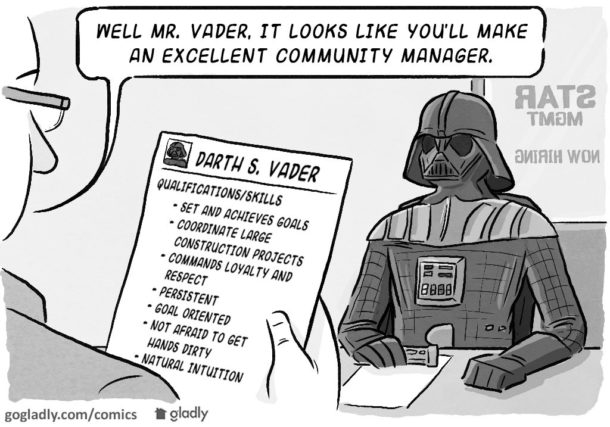The ultimate goal of a Homeowners or Condominium Owners Association is to maintain a beautiful and safe community. In order to achieve that goal, the board may ask if they can “close” or “abandon” an original amenity such as the pool, clubhouse, hot tub, weight room, or tennis court. It may appear that no one is using it, or that the cost of upkeep is too high. Sometimes the most logical solution is to permanently close the amenity or replace it with something that is far less costly to maintain.
Can it be done?
So, what is required for the association to make such a significant change? The starting point is the plat map. If the map does not designate what a certain common area is to be used for, then you may have the right, with a “simple” amendment, or by Board action (depending on how your governing documents are written) to change the use.
However, if the plat map expressly shows a pool, then the first step is to amend your plat map. The second step involves owner approval and that is the focus of this entry — how many owners must approve such a radical change?
Should it be done?
Even thought the most logical decision may be to close the amenity, the moment you do, many will argue “ …I bought here because of the pool (or whatever amenity is at issue).” The fact is, they’re right! The act of taking away an amenity can impact the property value but it can definitely impact their vested interest in the property. For this reason, I don’t believe that the regular amendment threshold for the declaration (usually 67%) applied in this scenario.
In my opinion these radical changes to the fundamental nature of the community should require 100% of the owners to vote on closing an amenity. Imagine removing the pool and replacing it with a community garden. The owners’ expectation that a pool will exist is vested and cannot be separated from their ownership interest in their property without their consent.
If you do it, do it right
If closing or changing the amenity is the best option, here are some steps that will help you successfully navigate this process.
- Seek the council and assistance of your attorney.
- Amend your documents specifically the plat map.
- Present a well thought-out case to the homeowners. After all, you’re going to want everyone on board.
The morale of the story is… Plan ahead and don’t let your amenities fall into a state of disrepair. By properly funding reserves and maintaining your amenities you can usually avoid this situation all together.
- The Pesky Nuances of the HOA Collection Policy - July 26, 2017
- HOA Legal Costs — Who’s Running Up The Bill? - October 19, 2016
- HOA Records — Save or Shred? - September 8, 2016



 Help
Help
Always a bad idea to close a pool, said the pool guy. For reasons mentioned.
Please address reserve studies that do not include epoxy pool coatings, (not paint!), and cementitious concrete deck coatings that add decades to existing concrete deck. (Not to mention sidewalks, and gazebis.
http://www.talkinpools.com/shepherds-plan
Thanks John. How about if the plat map does NOT designate a purpose for “common areas”? All common areas are grass, including the 10 ft wide common area between the detached townhomes.
Two questions about that:
1. Can the Board legally give permission for one owner to pave the common area between his dwelling and his neighbor’s for his RV – without 100% approval of owners, or even his neighbor’s approval?
2. Can the Board legally convert all such common areas between the detached townhomes to desert scape – without 100% owners’ approval?